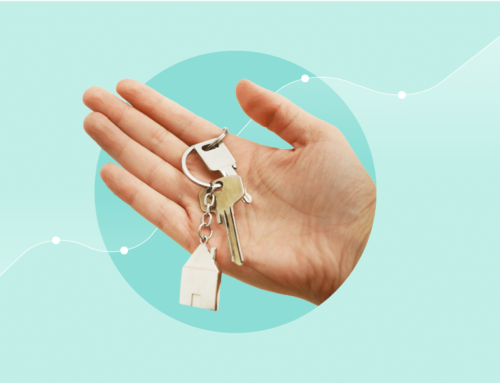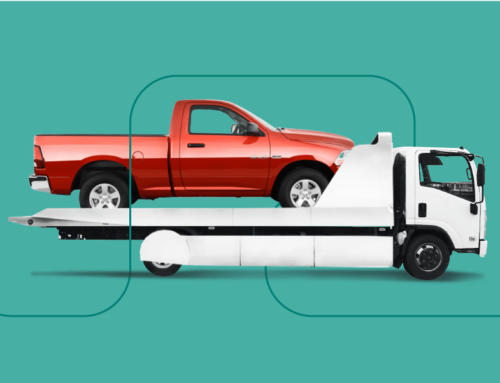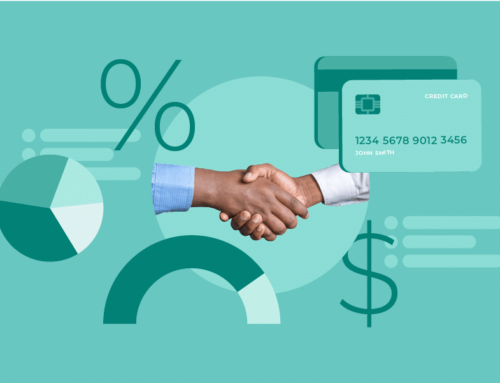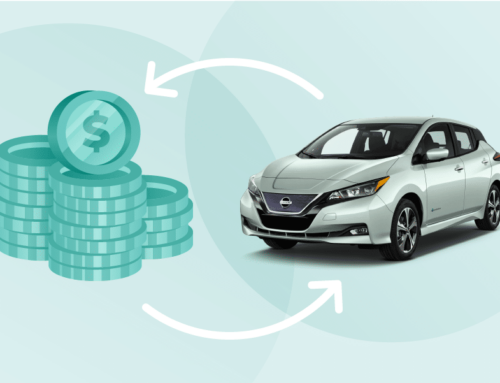If you’re in serious debt, bankruptcy doesn’t have to be your first or only option. Instead, you can consider a consumer proposal.
A consumer proposal is a legal arrangement between you and your creditors that allows you to pay a reduced amount of the total you owe within a five-year period. Many Canadians struggling with seemingly insurmountable debt turn to consumer proposals because it allows them to pay a fixed, predictable amount that they and their creditors agree on, allowing them to move forward without being harassed by debt collection calls. Plus, it stays on your credit report for a minimum of three years instead of six, which is the case with bankruptcy.
This option isn’t for everyone, though. You have to carefully consider the pros and cons of consumer proposals before you approach the right entities to make it happen.
Disadvantages of Consumer Proposal
Here are a few disadvantages of a consumer proposal to be aware of:
A third party has to negotiate
Unfortunately, you can’t simply put together a proposal and present it to your creditors. If you want it to be legally binding, you need to have a Federally Licensed Insolvency Trustee negotiate on your behalf. This organization or individual will mediate and administer the agreement while following guidelines according to the Bankruptcy and Insolvency Act of Canada (such trustees include organizations like Bromwich+Smith).
Having a third-party negotiate for you can be inconvenient and require more related fees. On the upside, though, you’ll have a more knowledgeable advocate on your side.
It’s expensive to file
Let’s talk about those fees we just mentioned: they vary between organizations and individuals, but you can expect to pay at least $750 just to file a consumer proposal and another $750 in administration fees if your creditors accept it. Yes, it’s frustrating that you have to pay more money to reduce your debt to an amount you’re capable of paying back, but that’s what the process requires. Trustee organizations may also charge a service fee, which is likely around 20 percent of your monthly payments.
Not everyone qualifies
If you’re curious about how to qualify for a consumer proposal, a Licensed Insolvency Trustee has to recommend that you should file one. You can suggest this route or ask if you qualify, but the Trustee needs to give its approval before it begins negotiations.
Additionally, your debt has to exceed $1,000 but not surpass $250,000. You must also live in Canada (or at least run a business there) and be considered “insolvent,” meaning you’re so financially strained that you can’t fulfill your monthly debt payments.
It impacts your credit score
Like bankruptcy, consumer proposals are a public record and negatively impact your credit score. Your credit will immediately fall to an R7 rating after filing and will remain on your report for a minimum of three and a maximum of eight years once it’s paid off.
A significant downside of consumer proposals being public record means you may be disqualified from future loans and credit lines. Banks, employers, landlords, businesses, and other potential creditors and lenders will be able to see that you’ve filed one, so they may decide not to let you rent, open a new credit card, apply for a mortgage, or finance a new vehicle.
You may have to accept an extremely high interest rate in a case where you are approved for a loan or credit card. In this situation, paying off said interest (and all the other associated consequences of having a low credit score) may become just as expensive as paying back your consumer proposal.
You can’t miss payments
Something positive about consumer proposals is that you only have to make one payment that you and your lenders agree on, but it’s possible the financial difficulty you’re going through will still make it difficult to do so. It’s essential not to miss payments made under a consumer proposal: if you miss three, the agreement may be canceled, and you won’t have creditor protection anymore.
It doesn’t cover secured debt
One of the most significant disadvantages of consumer proposals is that they don’t cover secured debt (secured debt uses assets like your home, car, etc. as collateral). With consumer proposals, you don’t have to surrender your assets the way you do if you declare bankruptcy, but asset-backed debts aren’t included in your arrangement unless you are returning them to the lender or seller.
Is a consumer proposal worth it?
If you’re wondering whether a consumer proposal is worth it or not, only you can make that final decision, but it’s wise to speak with a financial advisor or expert first. We’ve covered many of the disadvantages of a consumer proposal that you’ll need to factor into your thought process, but there are advantages that may make the option worthwhile.
Something else to keep in mind is that you’ll need enough money left over after expenses from your monthly income to pay your debt back. A benefit of consumer proposals is that you only have to make one bulk payment instead of individual ones to different creditors (you pay more according to how much you earn in a bankruptcy), but if you don’t have any liquid cash to make the payments you agreed on, then a consumer proposal may not be a viable option for you.
Meet Marble
Are you struggling with debt and considering a consumer proposal? You have other options to consider before moving forward with one. Marble, for example, uses powerful AI and simulators to personalize a debt management plan unique to your situation. We aim to formulate a plan that you can follow so you can escape debt and build better financial habits. This way, you can pay back both your debt and recurring bills without negatively impacting your credit. Marble’s easy-to-use platform also partners you with industry experts you can consult with to better understand your situation and how to set yourself on a path to financial freedom. We even offer over 30 financial literacy courses that you can access for free!
Sign up today and learn more about Marble and what we can do to help.
Do we want to also add advantages more clear? We do want people to apply if it makes sense.






